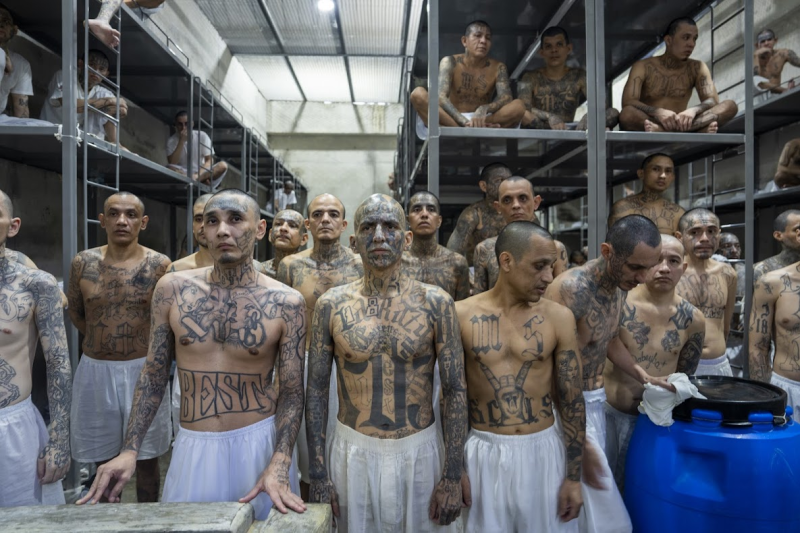Main Body
El Salvador, a vibrant country juxtaposed by an enduring struggle against violence, is possibly one of the few places on earth where one might come eye to eye with mass murderers on a regular basis. The infamous criminal syndicates, primarily the Mara Salvatrucha (MS-13) and Barrio 18, are the progenitors of much of this violence. These notoriously brutal gangs have been credited with forcing El Salvador to bear the title of the murder capital of the world.
The genesis of the MS-13 and Barrio 18 gangs can be traced back to the Salvadoran Civil War, during which thousands of Salvadorans fled to the U.S. The proliferation of violence in the urban localities they migrated to led to the formation of these gangs, which ultimately succumbed to mass deportation, bringing their learned violence back to El Salvador.
Walking down the streets of San Salvador, the capital city, one would easily spot tattoo-covered faces, unforgiving eyes, and grisly scars, an exclusive glimpse at some of the worst mass murderers and perpetrators of violence in contemporary society. The gang culture has substantially influenced the fabric of Salvadoran society, leading to a unique coexistence of ordinary people and hardened criminals.
The Salvadoran government launched the Mano Dura (iron fist) policies in 2003 and 2004 to combat these activities, aiming to incarcerate known gang members indiscriminately. Despite the implementation of these policies, the gangs not only survived but grew their footprint. In retaliation, the violence perpetrated by these gangs escalated.
The culture of fear instilled by these gangs is palpable, as the peace of neighborhoods is often punctuated by random bouts of gunfire. The gangs have stratified the nation, with certain territories becoming strongholds of either the MS-13 or Barrio 18 gangs. Within these regions, gang members are often elements held in a grim reverence, as society seemingly falters before them.
However, amidst the chaos and violence, there are glimmers of hope. Various rehabilitation programs aimed at ex-gang members are gaining traction, often focusing on vocational training and psychological support. Through these, the hardened criminals experience a sense of purpose and achievement, diverting them from their violent pasts.
Locking eyes with these mass murderers elicits an unsettling tension, a duo dance of danger and tragedy, immediately followed by the reality of their existence. Encased within those solemn gazes is a stark narrative of violence and abuse, and yet, a perverse heroism that stems from survival in a society overridden by brutality.
The significance of understanding the complexity of this issue extends beyond the narrow confines of El Salvadoran society. These gangs have an international reach, with their operations seeping into several countries. They are part of an ever-evolving global problem of organized crime and mass violence, a reality that is all too often dismissed, constrained within the borders of this Central American country.
Ultimately, to fully comprehend the whirlwind of complexities that is El Salvador, one needs to examine it with a lens that isn’t clouded by prejudice or misconceived notions of fear. Instead, engage in a dialogue, a discourse that moves beyond the veil of violence, toward understanding and potentially, reconciliation. After all, in looking deeper into the eyes of these mass murderers, perhaps society might glimpse at a way toward their rehabilitation and reintegration.




